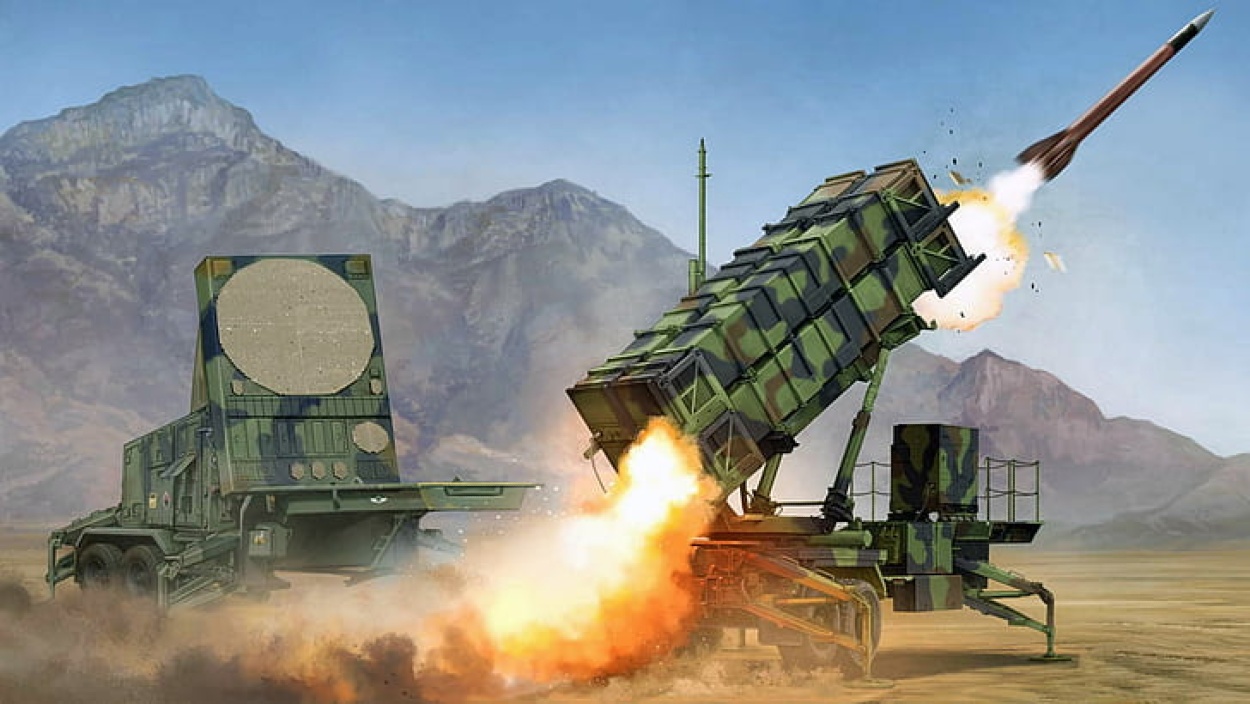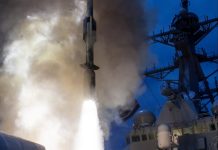In a groundbreaking development amidst the surging global demand for Patriot air defense systems, Romania conducted the first live-fire tests of its Patriot surface-to-air air defense system on November 15 and 16.
US F-35 Loses ‘Stealth Panel’ Flying Over The Pacific; Second Incident Reported From Kadena Air Base
The US Army announced that the Romanian Army’s 74th Patriot Regiment led the tests, performing a sequence of launches last month at the Capu Midia firing range along the Black Sea coast, with support from the US Army Security Assistance Command.
“Romania made history, bolstering regional security and NATO’s southeastern flank, with the first live-fire test of its Patriot surface-to-air air defense system Nov. 15-16,” the service said.
Romania’s strategic location along the Black Sea, its extensive border with Ukraine, and its security partnership with the United States position it as a critical ally to the US and Europe.
The US Army mentioned that it played pivotal roles in advancing Romania’s air defense capabilities, from acquiring the Patriot through foreign military sales to training numerous Romanian Army troops on the US system.
Major John Nastus, the lead for SATMO’s Romania Patriot Technical Assistance Field Team (TAFT), explained that the two-day exercise comprised four demonstrations.
SATMO’s Romania Patriot Technical Assistance Field Team (TAFT), assembled shortly after the 74th received its first of seven Patriot systems in 2020, played a crucial role in planning and coordinating the exercise.
The TAFT comprises a lead officer, an NCOIC, and subject matter experts tailored to specific training needs. It has been instrumental in training personnel for various components of the Patriot system.
This team ensures comprehensive training for the Patriot regiment, covering components such as launching stations, radar, engagement consultation, electric power plant, and the antenna mask group. The US Army is training Romania on the second of seven firing units.
Patriot Air Defense System
Integrating Patriot missiles into the operational formation represents one of the significant advancements in Romania’s ongoing efforts to modernize its military capabilities.
In 2017, Romania opted to procure seven Patriot batteries, valued at US$3.9 billion, with the contract awarded to American manufacturers Raytheon and Lockheed-Martin a year later.
Early this year, Romania announced the operational status of its fourth Patriot missile battery, which provides additional coverage for the nation’s airspace and fortifies NATO’s southeastern flank.
At the time, the country’s military highlighted that these four systems marked the initial phase in establishing a cutting-edge ground-based air defense capability.
These capabilities include battle-tested defenses against tactical ballistic and cruise missiles, fully integrated into the NATO system.

Meanwhile, in the wake of Russia’s invasion of Ukraine in February 2022, the Patriot air defense system has garnered significant attention.
Ukrainian forces claimed in May that they successfully downed six Kinzhal hypersonic missiles in a single night using the reliable Patriot missile defense systems.
Although promptly dismissed by the Russians, who touted the Kinzhal as an unstoppable next-generation missile, these claims nonetheless brought attention to the effectiveness of the US-made weapon system.
However, the increasing demand for the Patriot air defense system has emerged as a substantial challenge and exerts considerable strain on the resources and capabilities of the United States military.
The director of institutional planning for fires and joint capabilities in the US Army recently revealed that efforts spanning nearly a decade to alleviate the pressure on troops operating Patriot air defense systems have been primarily undone due to the surging demand for this technology.

Addressing the House Armed Services Committee’s strategic forces panel on December 7, Gainey emphasized the challenges faced by Patriot units and noted the impact on their dwell readiness – the balance between time spent at home and on deployment.
Currently, all Patriot units operate below the Secretary of Defense’s red line of deploying for one year and returning home for two years, which significantly strains the force.
Despite measures taken to enhance dwell time, the global demand for these units remains a persistent challenge. While the Army has announced plans to build an additional battalion, it is acknowledged that this alone will not improve operational tempo.
Gen. James Rainey, the head of Army Futures Command, noted that the deployment-to-home time ratio for Army air defenders is below the desired one-to-one ratio.
- Contact the author at ashishmichel@gmail.com
- Follow EurAsian Times on Google News




